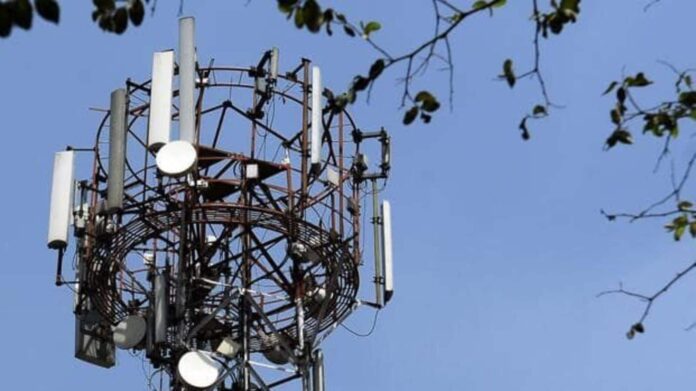Of course, what Vittal left unsaid was that no one running a large consumer-facing business would raise prices during Lok Sabha elections. Which is why telecom companies waited for the polls to end before increasing prices by about 10-25% earlier this month.
This is the first lesson in economics from this increase: Economics is as much about politics as it is about economics, a point that many economists don’t seem to take into account while analysing the economy.
While business decisions may be made by company owners and their managers, politicians and their politics have a huge impact on how and when such decisions are made. Which is why Vittal talked about “tariff repair” during the Lok Sabha elections, but Airtel raised prices, along with Jio and Vodafone-Idea, only after the new government was in place.
Of course, economics started as a subject of studying the political economy, but as it became increasingly mathematical in the 20th century, the word ‘political’ was more or less dropped from it. But just because things change in theory, it doesn’t mean that they will change in practice as well.
Now, Vittal’s concern of low tariffs—or if one were to put it technically, a low monthly average revenue per user (ARPU)—is genuine. The average ARPU per month across telecom players from January to March 2024 stood at ₹154. From July to September 2009, the oldest such data available, the average ARPU per month of those using a GSM connection was ₹164.
Comparing the average ARPU in 2009-10 with that in January to March tells us that it has come down over the years. In fact, if we take inflation into account, the decline is dramatic.
So, how did things get to this? In the early 2010s, there were 12-13 different companies operating in India, leading to hyper-competition. The average GSM ARPU fell from ₹156 in 2009-10 to ₹98 in 2012-13. In early 2012, the Supreme Court cancelled many telecom licences. Further, over the next few years, quite a few telecom firms shut down.
This should have led to the ARPU going up, but then Jio decided to launch telecom services in 2016, which disrupted the entire industry and sent ARPUs crashing, with the GSM average falling to ₹69 during April to June 2018. Competition made things cheaper for the end consumer. But the story is now changing. And that leads us to the second lesson in economics on offer here.
As Thomas Sowell writes in Basic Economics: “Competition as a condition is precisely what eliminates many competitors.” That’s something that has happened in the Indian telecom space, with only three private players and the government-owned BSNL still operative.
Given this, they are now in a position to increase mobile phone charges, and, in the process, their ARPUs. Or, as Vittal put it: “The right level of ARPU, even ₹300, will still be one of the lowest in the world.”
Indeed, starting a new mobile phone company requires big investment and government licences, implying that it isn’t exactly easy for new players to enter this market. Hence, the existing telecom companies have pricing power.
What complicates the situation is that Vodafone isn’t really in good shape, and as the company continues to lose customers (it lost close to 17 million users in 2023-24), the pricing power of the two other private players will only get stronger.
That brings us to the third lesson in economics. As mobile phone charges go up, most people will be ready to pay a higher price, given that it’s a service that is now as important as ‘roti, kapda aur makaan’ (food, clothing and shelter). But then, they will cut spending elsewhere and this will impact other businesses, though it may not be easy to figure out which these are.
As Henry Hazlitt states in Economics in One Lesson: “In order that one industry might grow… other industries would have to shrink.” This will be an observed effect of higher mobile phone charges. But it will be difficult to identify which industries will be impacted—and that will be its unseen effect.
As Hazlitt puts it: “The shrinkage of… other industries… would not be so easily noticed.” As Indian consumers pay a higher price for using their mobile phones, “it would be impossible for even the cleverest statistician to know… precisely how much business each particular industry had lost.”
Now, why can’t the consumer pay a higher price for telecom services without cutting expenditure elsewhere? The average Indian consumer is already struggling. Ignoring the pandemic year 2020-21, private consumption growth in 2023-24 was at its lowest since 2002-03. Indeed, mobile tele-density peaked in 2017-18 and has fallen since.
That’s the final lesson from the telecom tariff hikes. The seen effects in economics are easy to spell out, but not the unseen effects. Which is why what is good for one business may not necessarily be good for other businesses and the overall economy.
#Jio #Airtel #Telecom #tariff #hikes #rang #bell #lessons
